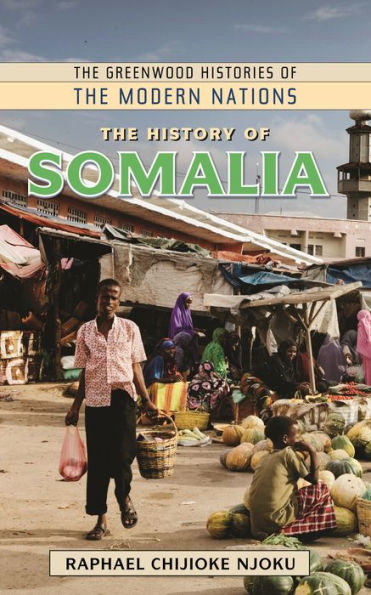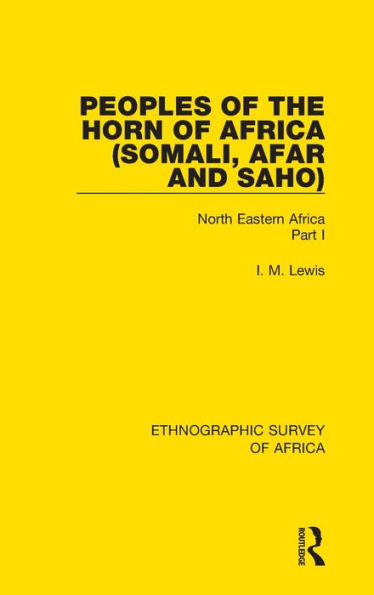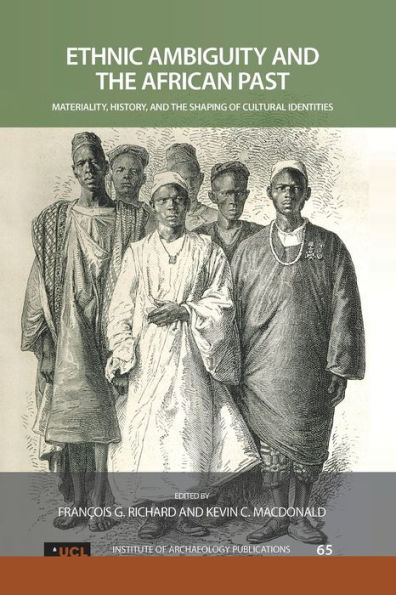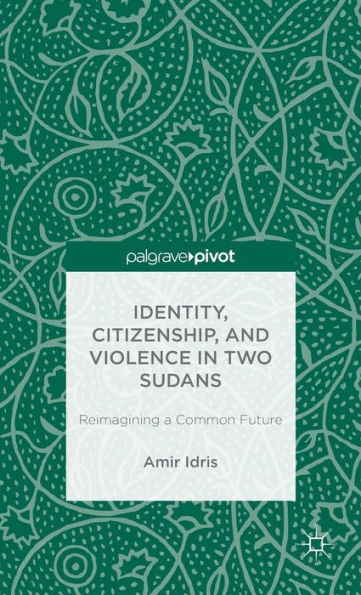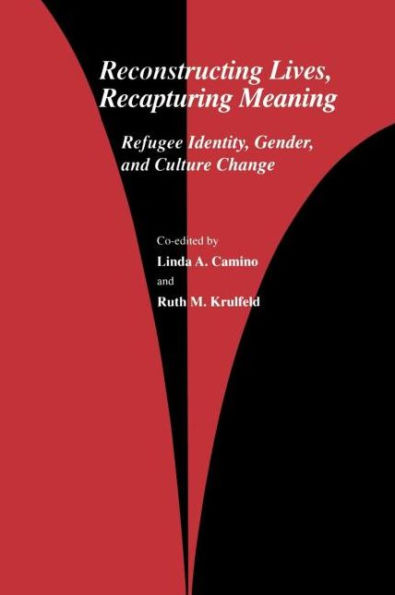Home
The Shaping of Somali Society: Reconstructing the History of a Pastoral People, 16-19
Loading Inventory...
Barnes and Noble
The Shaping of Somali Society: Reconstructing the History of a Pastoral People, 16-19
Current price: $95.00
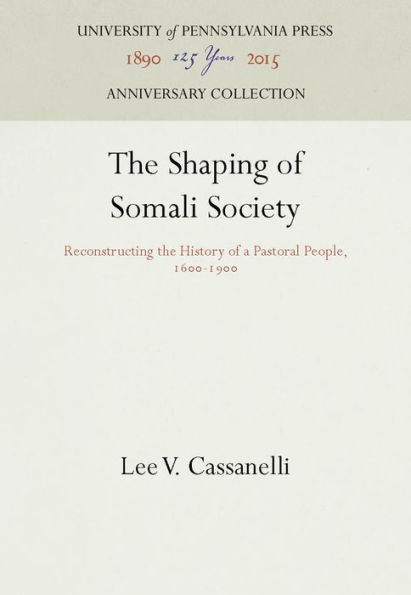

Barnes and Noble
The Shaping of Somali Society: Reconstructing the History of a Pastoral People, 16-19
Current price: $95.00
Loading Inventory...
Size: OS
*Product Information may vary - to confirm product availability, pricing, and additional information please contact Barnes and Noble
While recurrent drought, war with neighboring Ethiopia, and a staggering refugee crisis have recently propelled the African nation of Somalia into world headlines, remarkably little is known about the history of this East African country. For the first time, Lee Cassanelli makes available a book-length study of Somalia's precolonial heritage.
A nation of nomads, the Somalis have through long experience adapted to a harsh, semidesert environment. While persistently divided by clan, sectarian, and regional loyalties in the past, they have nevertheless come to acquire a compelling sense of their cultural unity and national identity.
examines the historical experiences of these people while focusing on recurrent themes: a deeply rooted kinship system based on lineages that feud as frequently as they cooperate; the gradual Islamization of the entire society through the work of itinerant Sufi saints; the rise and fall of regional sultanates and long-distance trade networks; and a history of resistance to foreign invaders.
To reconstruct the past of this important African society, the author draws on ethnographic and linguistic evidence, travelers' accounts, a substantial body of Somali oral traditions, and recollections gathered during several visits to the country. Using this material and the techniques of traditional historiography, Cassanelli examines the precolonial interplay of environmental, social, economic, and religious forces that produced a society that, though politically fragmented, has been integrated at a number of levels of structure, belief, and behavior. Perhaps more importantly, the author discusses the problems of interpreting the often fragmentary historical data and presents a new framework for studying regional patterns of change in a pastoral setting.


